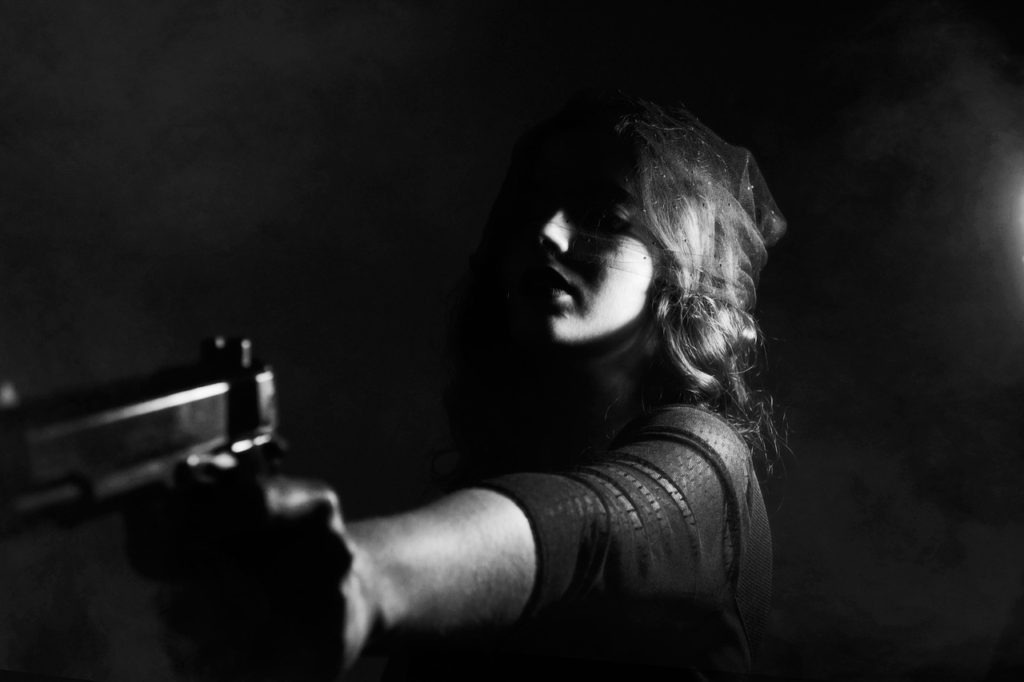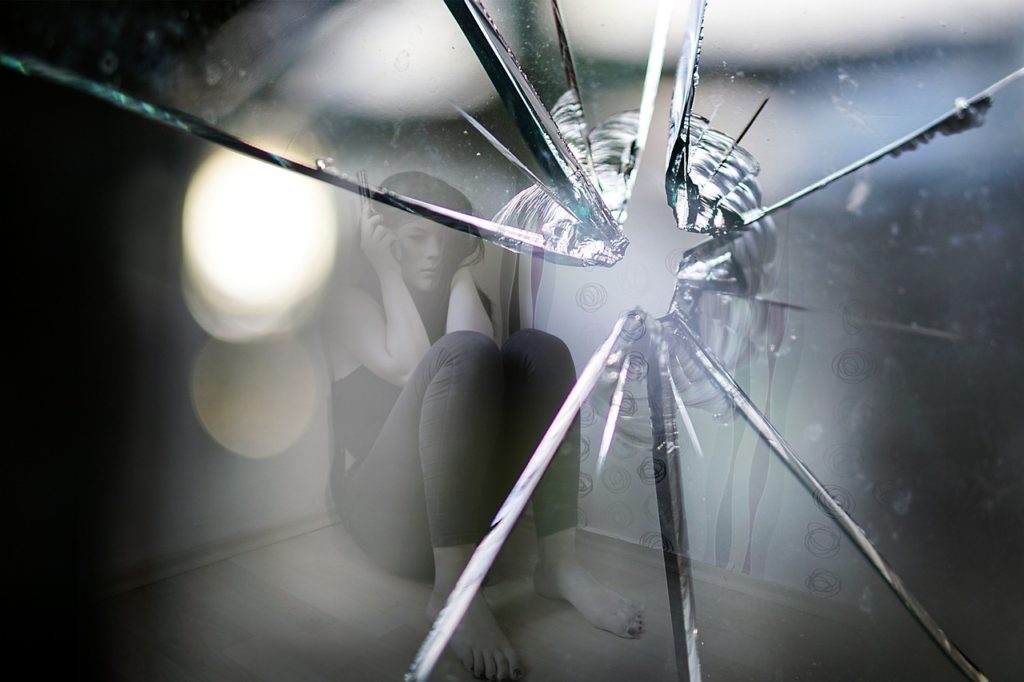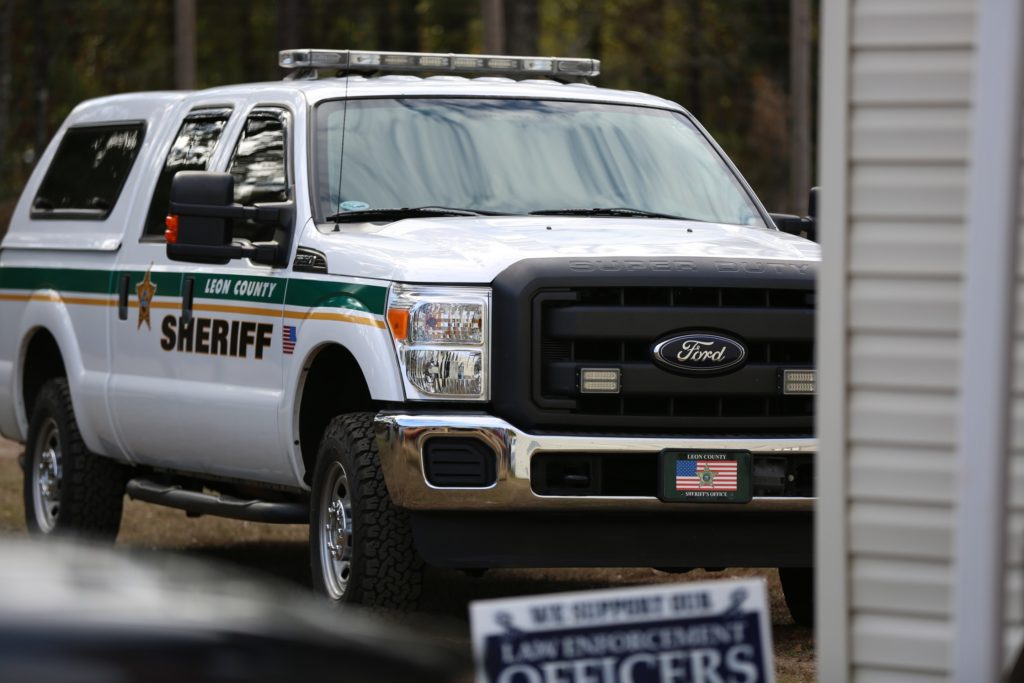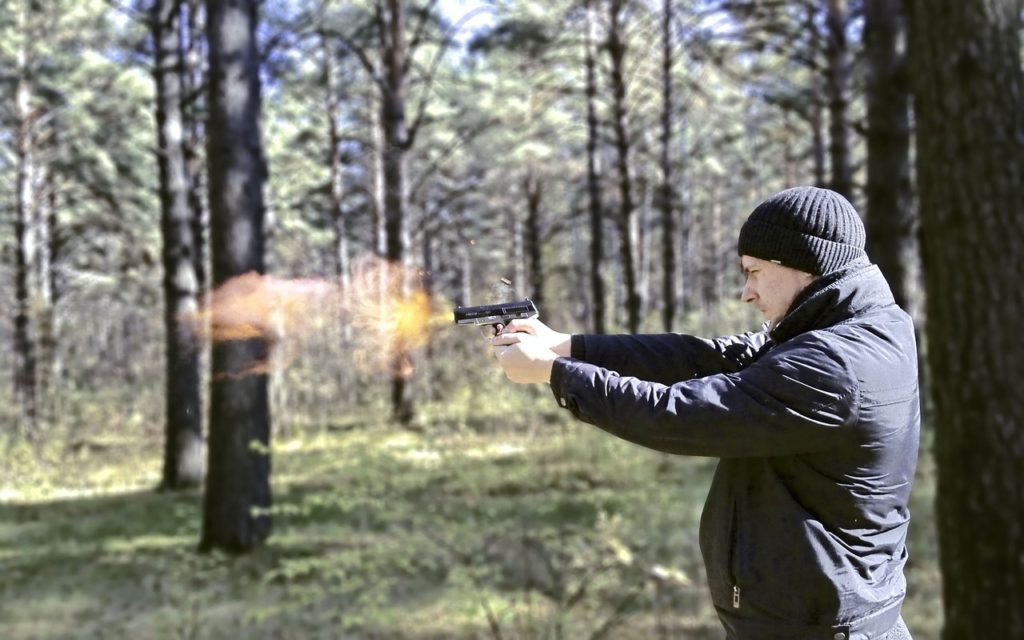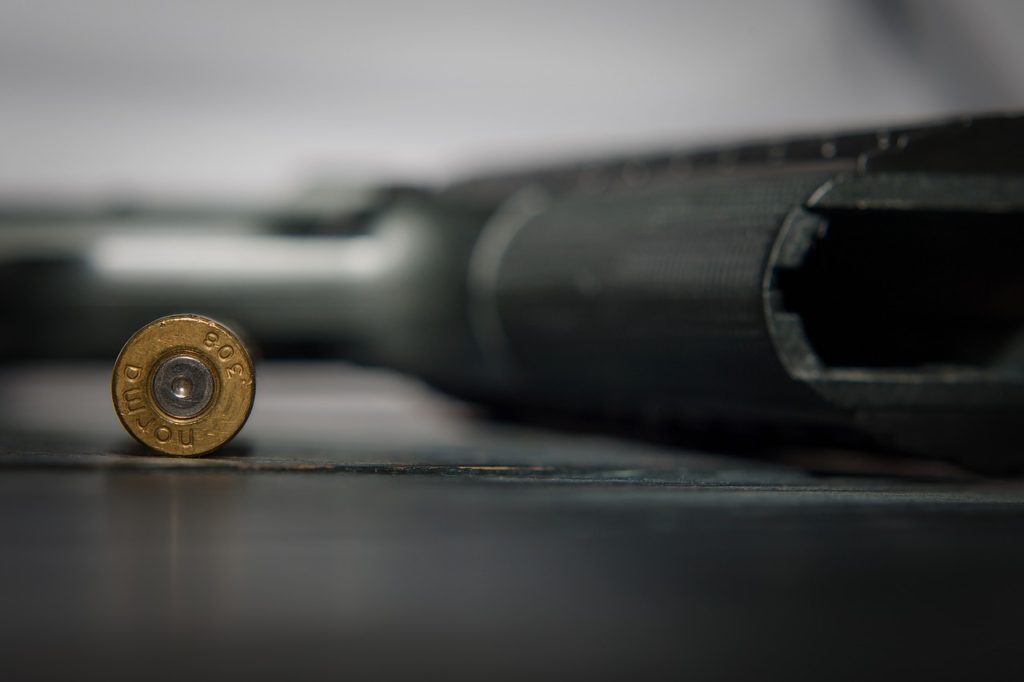Fear not the night.
Fear that which walks the night.
And I am that which walks the night.
But, only evil need fear me….
And gentle souls sleep safe in their beds…
Because I walk the night.
– Lt. Col Dave Grossman
I want to share a story with you from my childhood. When I was 9 years old, I read a book called “The Mothman Prophecies” about a large creature that would swoop down at night and take people. I didn’t do well in the dark outside after that….for a while. At 9 years old, I was afraid of what walked the night; at 49, I still like a bright flashlight, but whatever evil walks the night should now fear me.
After being a law enforcement officer for 25 years, 17 of which I spent on the SWAT team, I have learned a couple of things about the dark because most of my career has been spent in the dark, clearing buildings, homes, and woods. I know from years of experience that lighting is the key to feeling secure at night. Knowing how to leverage light to your advantage is an important element of personal safety. Bad guys don’t like the light.
In your home at night, be aware of how light and your windows interact. During the daytime, the inside of your home is darker than the outside so you can see out, but people can’t see in. At night, the reverse is true. Walk outside at after dark and look back at your home. Can you see inside? Even though you can only see your reflection when you’re inside, someone could easily sit outside in the dark and watch you without you knowing. Turning on more lights inside won’t help; you’re giving everyone a free peek inside while you see nothing. The better solution is to turn on your outside lights and make the inside of your house dark, giving you the advantage. By the way, sheer curtains make this effect worse, not better.
If you hear something in your house, you’re better to keep the light off in the room you’re in and turn on the light in the room you want to see into. Step back into the shadows to protect yourself while looking into the lit area for information.
Your car windows have worse reflectivity than your home. At night, if you sit with your dome light on the whole world can see in, but you see nothing. Anyone can walk up to you and you won’t see them. Drive around with your headlights on and scan your area; don’t stay in the car long. If you need to sit, leave your headlights on, lock your doors and leave the engine running. Before you get out of the car, put the car in reverse for a moment or hit your brakes to illuminate anything behind the car so you can check your mirrors or backup camera. Have a flashlight handy.
Speaking of flashlights, you need one, and I don’t mean the ones with two D-cell batteries. I mean a good tactical light with a LED bulb. Find one that has 100 lumens (light intensity) or more and uses lithium batteries so they won’t die sitting on the shelf. Lithium batteries will sit for 10 years without dying or corroding – that’s what you want to have nearby. Tactical flashlights are generally aluminum or plastic, and the LED versions will provide bright light without killing the batteries too quickly. Some make good impact weapons and many have pocket clips on them so you can carry them anywhere.
If you go outside, take the flashlight and use it. It might be better to call 911 and wait, but you probably won’t call every time you hear a noise. When you use a flashlight, shine it in the dark shadows, or what we call “holes.” These are where threats might be. A bright flashlight in the eyes of a bad guy may give you a moment to escape because his eyes are adjusted to the dark. If he grabs you, hold the flashlight like a knife and pound him about the head and eyes until you can get away. The combination of aggression and bright light should have a profound effect.
One last pointer: when moving around a corner, stay as far back from that corner as possible. This gives you a reactionary gap — space between you and anyone who might be in the shadows trying to reach you. Whether this is a doorway or the hood of your car, use this distance to buy yourself some time. There is a whole series of free videos on low-light personal safety tactics on this website.
Stay safe and don’t let your kids read or watch anything with Mothman in the title. Own the night!
